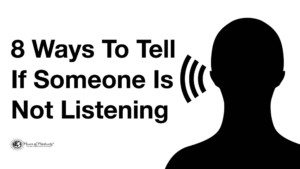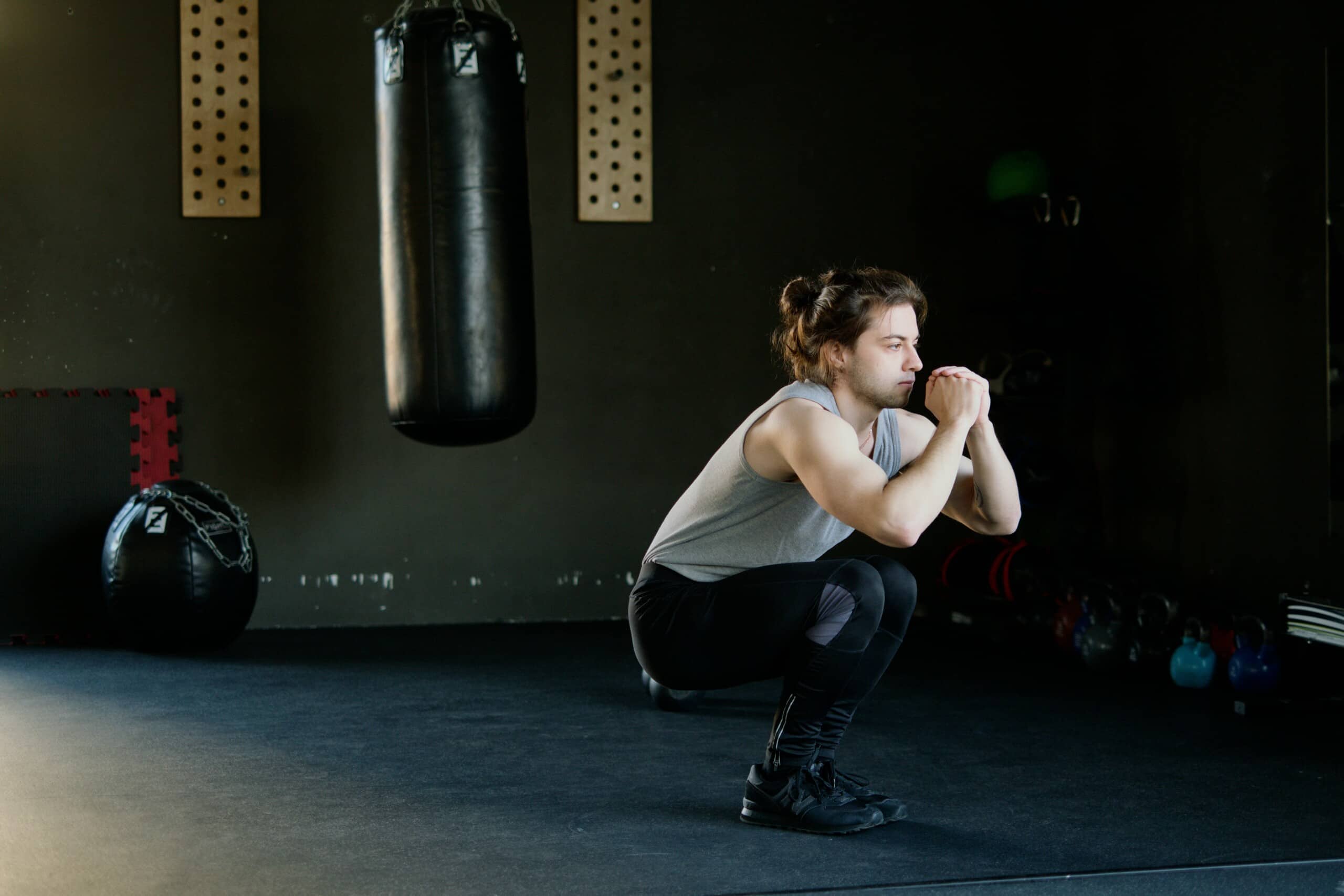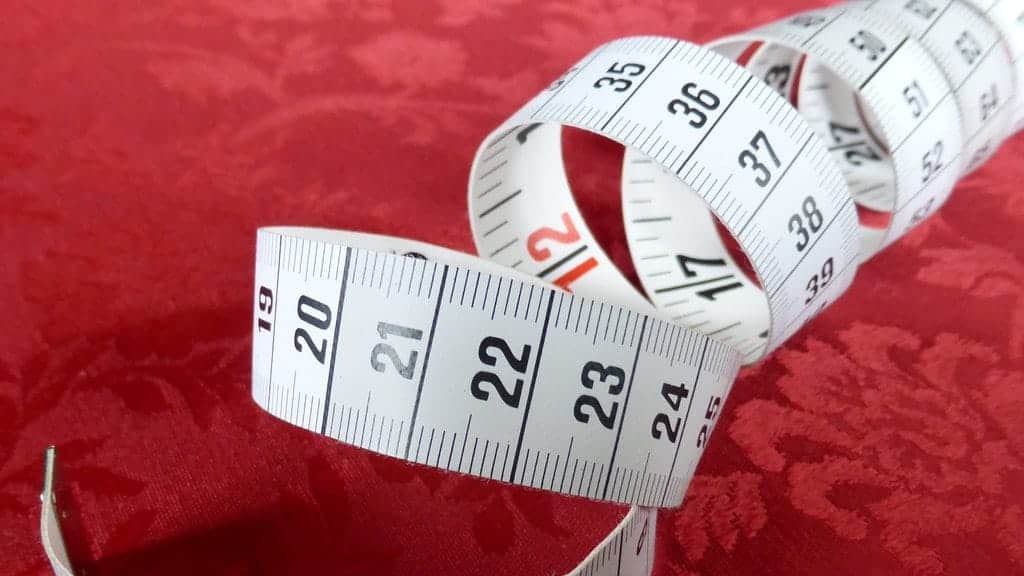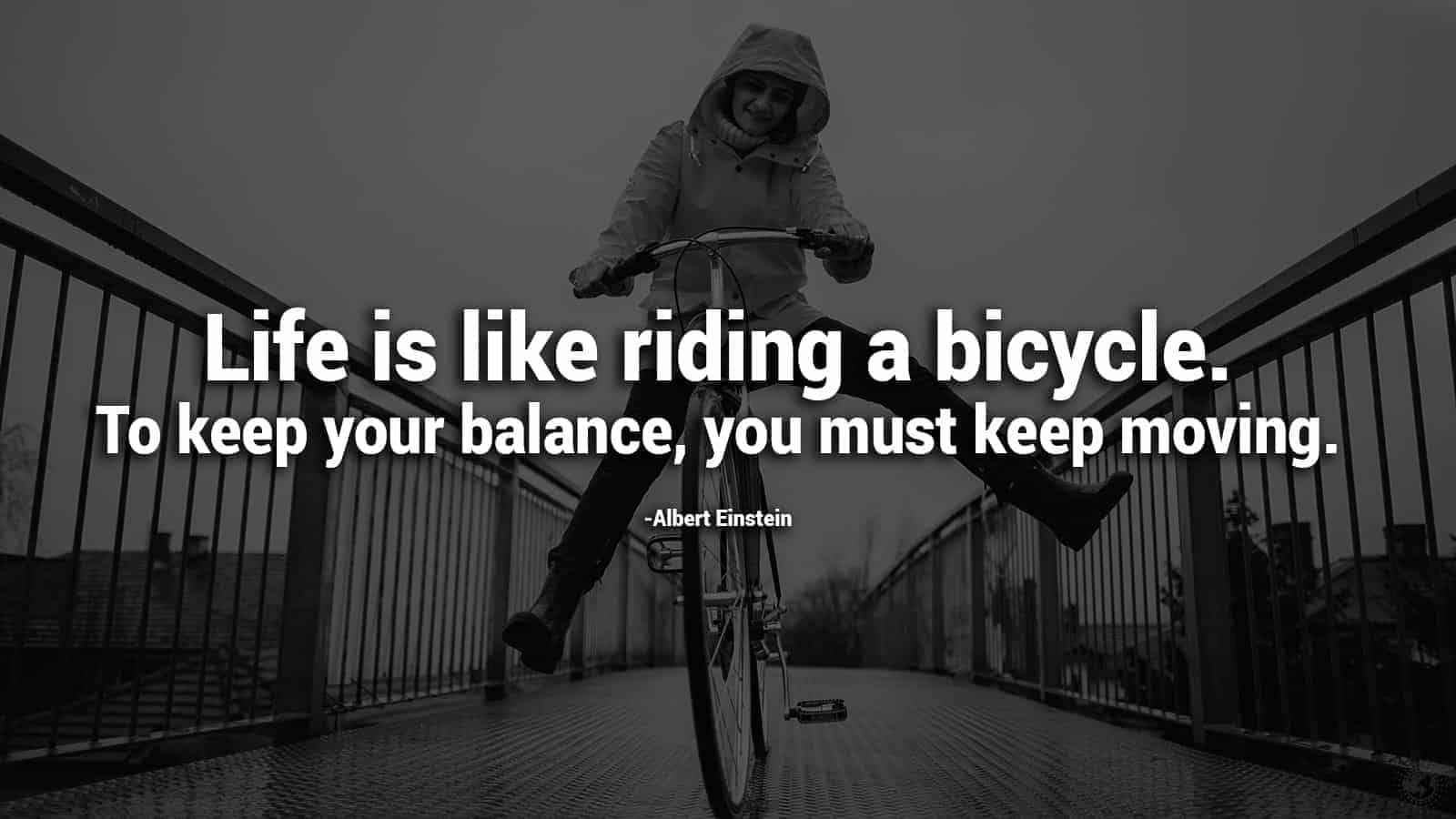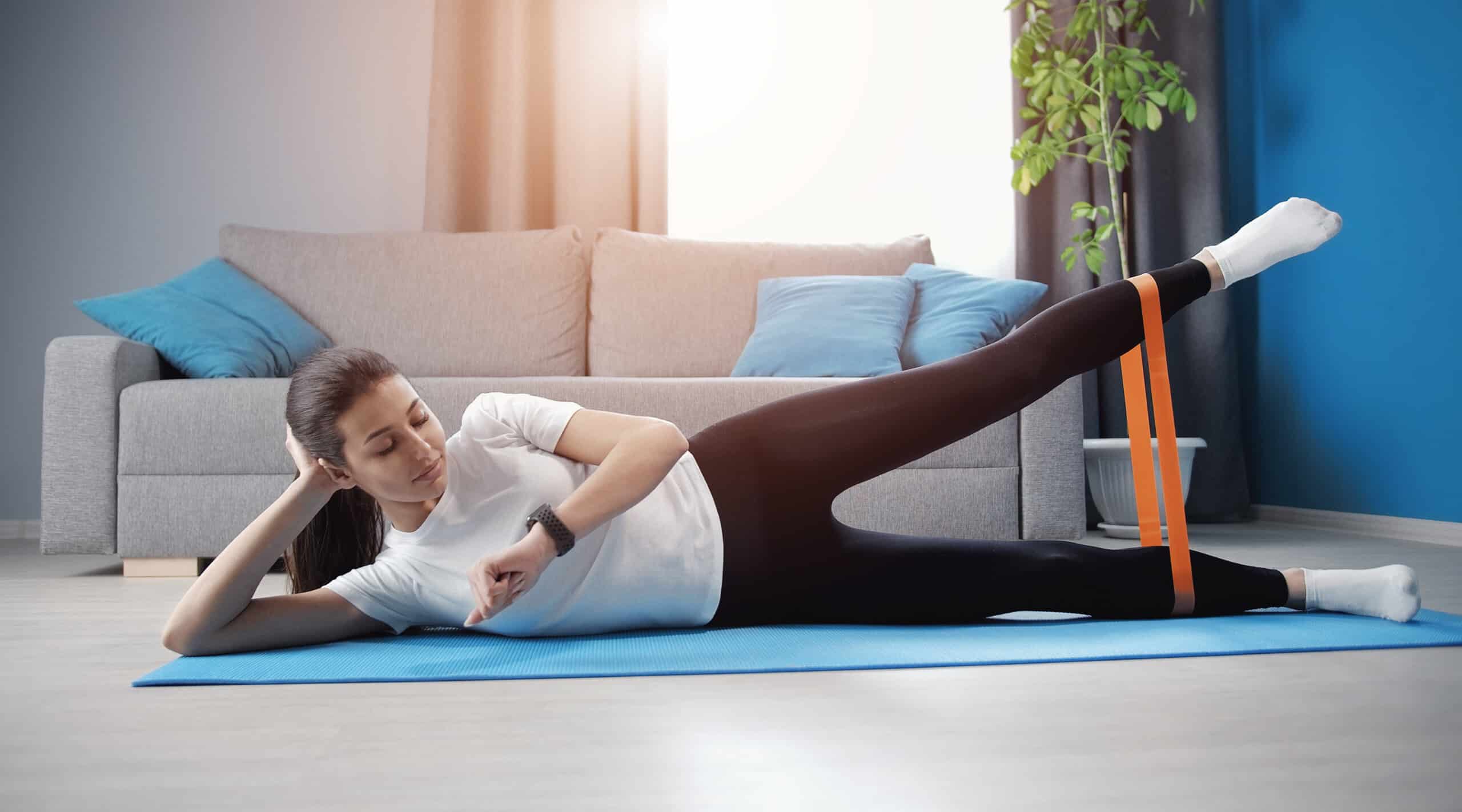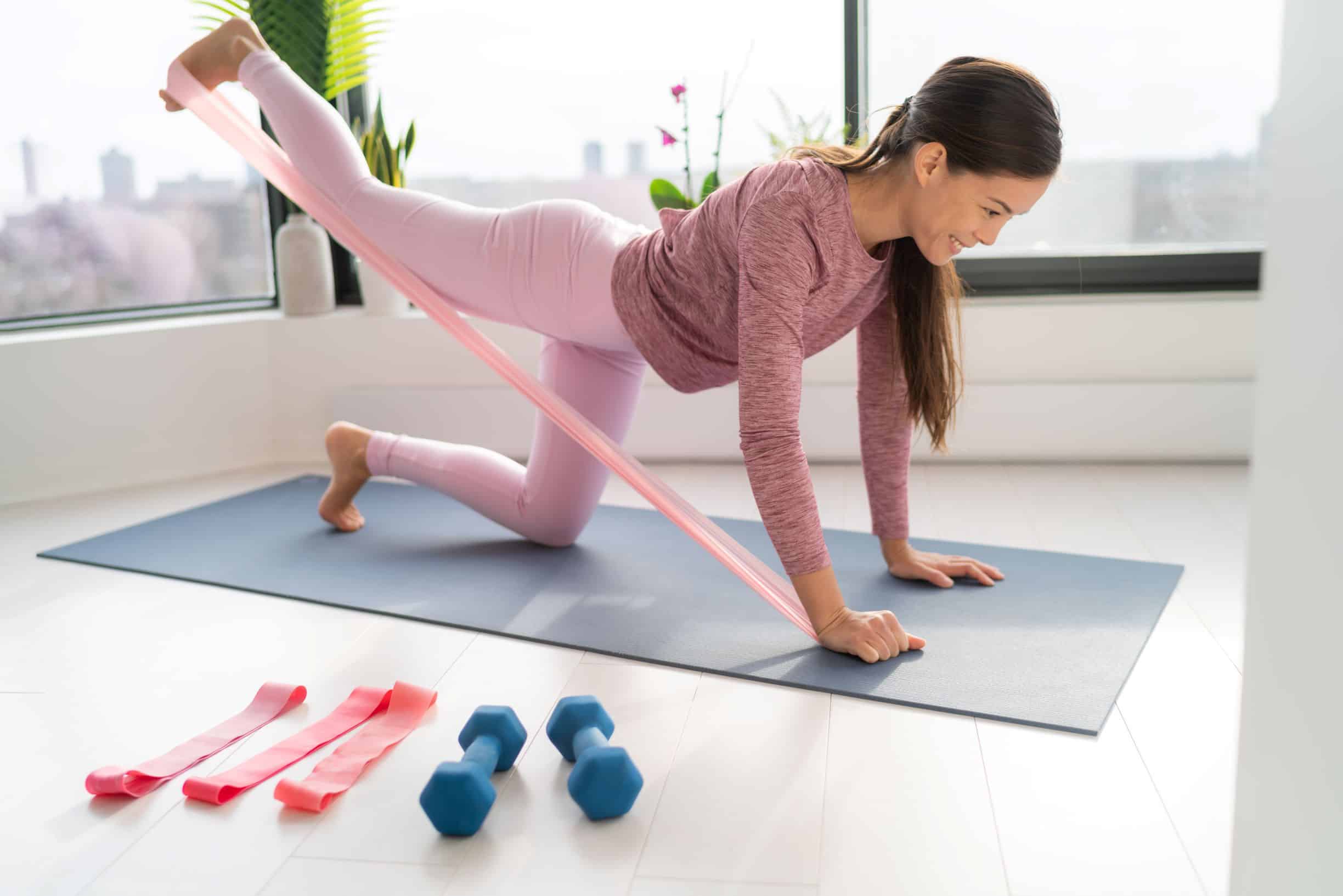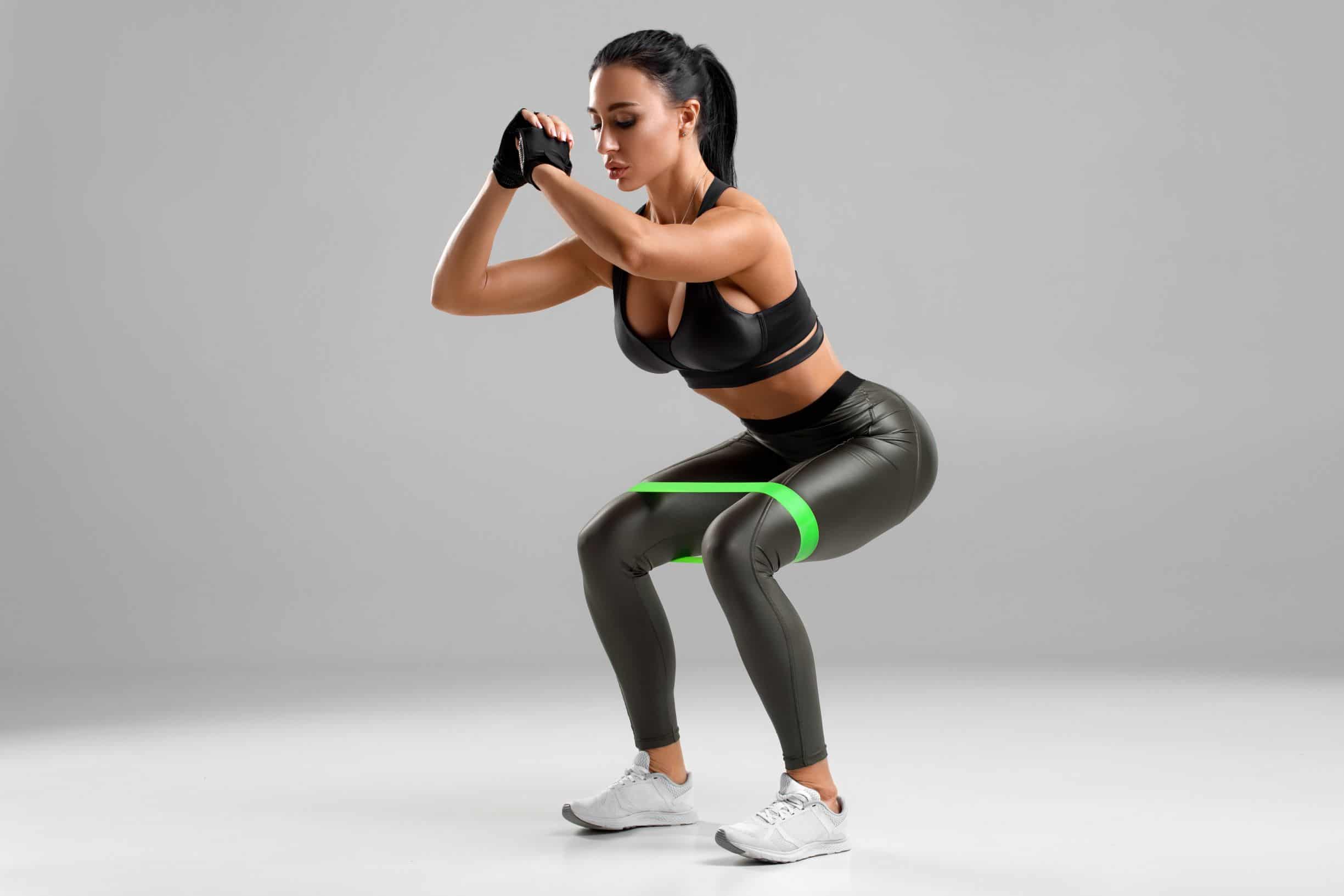Being smart in this world isn’t everything, but it sure helps.
For the sake of non-confusion, let’s define the word ‘smart’ for our reference. We’ll set the term as:
having enough mental and emotional aptitude to succeed in your life’s goals.
Some people equate smartness with a high I.Q., but there are plenty of people with an off-the-charts I.Q. who live a self-described miserly existence. Is this, then, a good, practical definition of “smart”? What’s the use of being highly intelligent if your life is chronically unhappy?
Say someone you know has a 150 I.Q., an exceptionally high score – almost genius level. Yet, they live their life in a state of self-perceived lack – of relationships, fulfillment, and meaning.
Is this smart? After all, shouldn’t someone this “smart” be able to figure out the source of the shortcomings of their lifestyle and make the necessary changes?
Therein lies the problem of equating intelligence with smarts.
Being smart involves a keenness for navigating life. Perhaps this is why Stephen Hawking, the late, great theoretical physicist, once remarked, “People who boast about their I.Q. are losers.”
In other words, to be considered ‘smart,’ there need to be present a certain degree of emotional intelligence. Emotional intelligence, or ‘E.I,’ is broken down into four categories: self-awareness, self-management, social awareness, and relationship management, and includes such factors as:
- Knowing your emotional states
- Managing your emotions
- Motivating yourself
- Recognizing and understanding other people’s emotions (empathy)
- Managing relationships
A rather broad definition of smarts, but there you go.
In this article, we’re going to discuss why it’s beneficial to (subtly) display your smarts to others. We’re not talking about bragging or waving around your college diploma. We’re talking about small, everyday activities and behaviors that you are smart and capable.
Let’s get to it then!
10 Ways to Show People You’re Smart
“Be as smart as you can, but remember that it is always better to be wise than to be smart.” ~ Alan Alda, 6-time Emmy Award and Golden Globe Award winner
As you go through this list of ten things to do to show people you’re smart, you’ll no doubt read items that you think are basic common-sense. This shows awareness; another quality often left out of the intelligence “equation.” It’s also a critical aspect of smartness.
Without further ado, here are ten ways to show people that you’re smart!
1 – Always be on time
“A man who dares to waste one hour of time has not discovered the value of life.” ~ Charles Darwin, founder of the Theory of Evolution
To be on time is to demonstrate your self-awareness and sense of responsibility. People who are chronically late are perceived as unreliable, untrustworthy, and undisciplined. None of these traits should ever be associated with a smart person.
People who achieve their goals are masters of their time. Take Charles Darwin as an example. By his own account, Charles Darwin didn’t possess any kind of extraordinary intellect. Something he did possess was mastery over his time.
It is said that Darwin would observe different animals for hours, ensuring that all of his work was done as meticulously as possible. The only way he could do this, of course, was to carefully allocate his waking hours for what he perceived to be his life’s most important tasks.
2 – Be a good listener
“It takes a great man to be a good listener.” ~ Calvin Coolidge, 30th President of the United States
Really quickly: Think of a couple of people in your life who are good listeners. People whose eyes remain fixated on yours while you speak. People who always seem to offer excellent and timely advice.
What characteristics do you associate with them?
The odds are that “smart” is up there.
The reason is simple: it’s challenging to be a good listener. To listen well requires the honing of attention and the trait of open-mindedness. It also involves restraint and the ability to control impulsive thoughts.
These qualities are the bedrock of active listening – the ability to remain receptive to the words of another and to offer a timely, relevant response.
3 – Spend money wisely
“Don’t tell me where your priorities are. Show me where you spend your money, and I’ll tell you what they are.” ~ Dr. James W. Frick, former Vice President for the University of Notre Dame
Did you know that most countries with the highest personal savings rates (money left after taxes/bills/etc.) tend to have lower incomes?
In other words, saving money has nothing to do with money coming in or out. It has everything to do with prioritizing.
Smart people save and spend money wisely, period. They know that going to war with yourself over why there’s nothing left in the bank isn’t worth it.
Fortunately, this is a problem that’s quite easy to fix!
Come up with an accurate budget of your average monthly expenses and income. Don’t allow the former to exceed the latter. Yes, you may have to cut back or eliminate costs.
In a few months, you’ll have a bit of cushion!
4 – Get organized
“For every minute spent organizing, an hour is earned.” ~ Benjamin Franklin, American statesman, inventor, and philosopher
So many of us waste time and energy simply because we’re unorganized. A smart person doesn’t allow this to happen.
Simple things like putting your keys in the same place, automating your savings, spending a few minutes cleaning up your workspace – and so on – can save you time and make your life easier.
Start by identifying the most significant time and energy wasters in your life. What can you do to ease the burden?
5 – Be polite
“Please be polite. Nothing in life should erode the habit of saying thank you to people or praising them.” ~ Sir Richard Branson, Founder and CEO of the Virgin Group
Politeness displays that you have a sense of sophistication and selflessness. Doing things like holding the door open or helping an elderly adult with their groceries not only feels good but contributes to your self-esteem and self-worth.
Rudeness, on the other hand, sends the opposite message. Rude people are perceived as ignorant and social misfits – two words that are never applied to someone smart.
6 – Have a sense of style
“Fashion is the armor to survive the reality that is everyday life.” ~ Bill Cunningham, American fashion photographer for the New York Times
We don’t buy into the extreme materialism that has seemingly dug its hooks into the collective psyche of developed countries. This top isn’t about greed, adornment, or braggadocio.
It’s about presentability.
Appearance still matters in many ways, including how smart you appear to others. Take a pair of eyeglasses, for example. Do they not transform the wearer into a more studious form?
Bottom line: own a nice pair of slacks and some decent dress shoes. Patch, repair, or replace clothing as needed.
7 – Remember the details
“The difference between something good and something great is attention to detail.” ~ Charles R. Swindoll, Christian pastor, author, and educator
Details run our life. Those whom others perceive as smart pay close attention to those details. Failing to do so can result in adverse consequences, up to an including the catastrophic.
Getting better at paying attention to detail requires the honing of both selective and sustained attention. Selective attention is the ability to choose a specific stimulus out of many, while sustained attention involves holding the attention onto the stimulus (e.g., a task or target).
Attention is analogous to a muscle. Use it, and it becomes stronger, don’t, and it atrophies. Some useful exercises for strengthening focus include meditation (of course), reading, and physical activity.
8 – Take notes
Okay, so you may feel a bit embarrassed by taking notes at your next meeting. But you know what? It sure as heck conveys a positive message.
First and foremost, taking notes shows your commitment to excellence. Second, it shows that you’re willing to study to get better.
Being a smart person requires that you remember the essential things. Unfortunately, we tend to be somewhat biased in this regard, thinking that we’ll remember more than we actually will.
This is where taking notes can help a ton. It’s also an easy, subtle way to show off your smarts.
9 – Keep the right company
“Tell me with who you associate, and I will tell you who you are.” ~ Johann Wolfgang von Goethe, German writer and statesman
Speaking of easy ways to appear smart (or not), there’s who you choose to call your friends. Fair or not, who you “hang out” with is seen as a reliable indicator of your judgment – and thus, smarts.
The choice to keep in good company isn’t an exclusionary or elitist ideal. We tell our kids all of the time to avoid the “wrong crowd,” after all. While we’re a bit less susceptible to corrosive influences as an adult, it’s still essential to associate with the right person; if for none other reason than to be seen as having good character and judgment.
10 – Take care of your body
“Take care of your body. It’s the only place you have to live.” ~ Jim Rohn, entrepreneur, author, and motivational speaker
While some people care for their body to boost their egos, we seek a more holistic reason.
The best one: well (or poorly) your body is taking care of will affect (positively or negatively) everything that you do. Energy levels, susceptibility to disease, and degree of mobility are all influenced – to a great extent – by how you care for the body.
With this in mind, try to get at least 30 to 45 minutes to light to moderate exercise every day.
Final Thoughts on Showing People How Smart You Are Without Bragging About It
Taking these actions puts your “smarts” on display. You won’t need to tell others how sharp-minded you are. Indeed, your behaviors will speak volumes about you.


